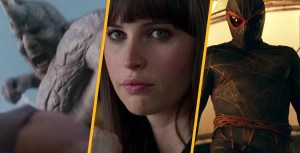The past three decades have been the golden age of superheroes on the big screen. Though the likes of Superman and Batman marked major shifts in feature films when they premiered in the 1970s and 1980s, everything since 1999 has been where superheroes have thrived. Perhaps no hero has had a bigger impact in that time than the friendly neighborhood Spider-Man. Three different actors have played Spider-Man across eight live-action movies in that time, and though the quality has varied depending on who you ask, some surprising trends occur in each of them, and they’re not all good.
Videos by ComicBook.com
Yes, each of the Spider-Man movies have a little more in common than just being based on the same Marvel hero. Across each of these films, despite the era they were made, the directors who called the shots, and the actors who swung from the webs, they all made some of the same mistakes time and time again. It’s easy to play backseat driver with hindsight as our superpower, but at a certain point, one would think that even the producers would realize the same mistakes keep popping up.
7) Taking the Villains Off the Board

For Sam Raimi’s original trilogy, this was often a case of just how superhero movies were made at the time, but killing off the villains at the end of the films, making sure they never returned, was one of their biggest mistakes. Even The Amazing Spider-Man and MCU movies are guilty of this to a lesser extent, sending villains to prison and pushing their availability to a presumed later date. Comic book fans have long bought into the idea that supervillains will show back up at some point, and it’s an element of the source material that the movies have largely failed to allow.
6) Infinite Web Shooters
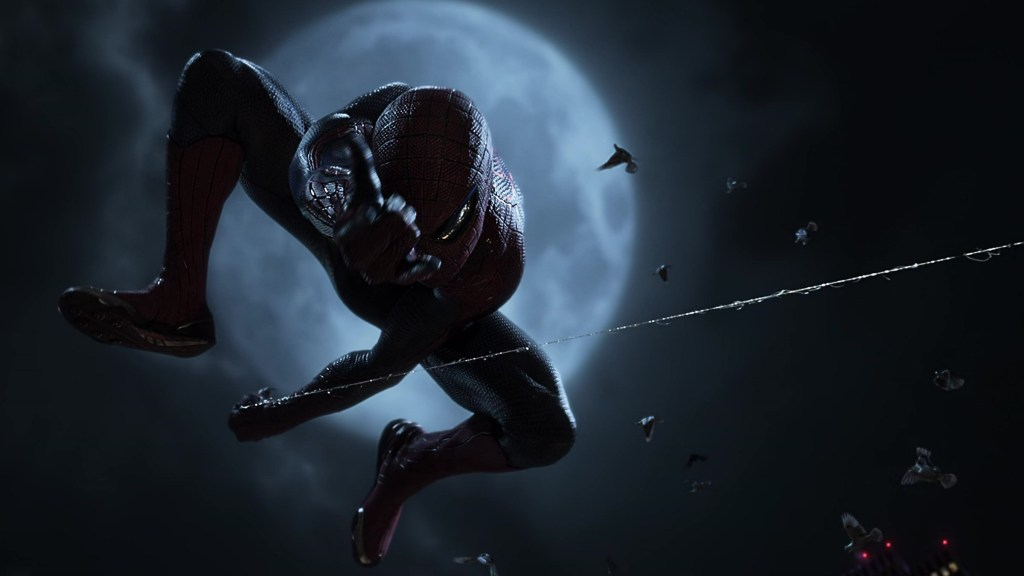
The Sam Raimi films attempted to sidestep this issue by going the “organic webshooter” route, but even then had to address the problem eventually. With the MCU Spider-Man movies and The Amazing Spider-Man series, though, Peter returned to having to make his own webbing. A consistent issue that Peter has faced in the pages of Marvel comics is being unprepared or suddenly having not enough webbing to complete a task, but on the big screen, it’s seldom been a problem
Even Spider-Man: No Way Home tries to brush away this issue with a scene where the three Peters talk about their webs, and Peters One and Three have to make more webbing ahead of the big fight. It’s a fun scene, and does more than just answer the webshooter question on the whole, but its core is building that (along with the report of those three actors).
5) Shallow Supporting Character Pool

A defining mark of Spider-Man comics has been his supporting cast. Though there have been some rotating members in it throughout the years, it’s largely consistent and features several familiar faces. The Raimi films largely push this away, instead focusing on Peter’s relationships with just Mary Jane, Harry, and Aunt May, while The Amazing Spider-Man movies instead focus on his relationship with Gwen…and Aunt May. The MCU’s Spider-Man movies bring in many of the other characters in bigger roles, putting Ned, Flash, and Betty Brant into the mix with MJ and… Aunt May.
There are way more notable supporting characters in Spider-Man than just these choices, and sometimes the major ones don’t show up at all for a while. Though attempts have been made to expand the scope of this, often the supporting roles in the MCU movies have to take a backseat to the Spider-Man action, and specifically his relationship with MJ, instead interacting with each other than Peter himself. Movies have less real estate than comics after all.
4) Physics? What Physics?
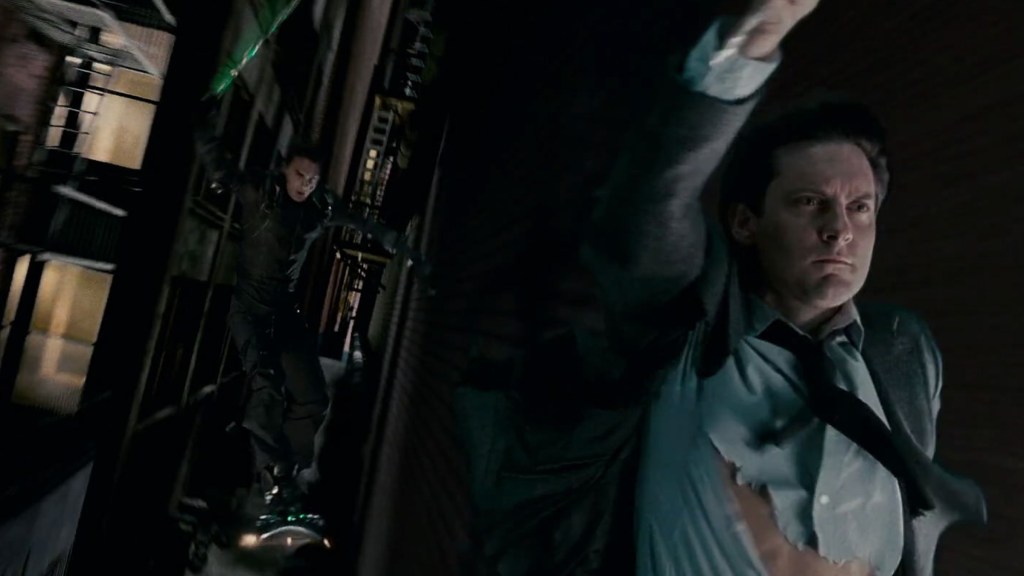
We can all suspend our disbelief, and should, when it comes to superhero movies and their treatment of the laws of motion, but Spider-Man movies routinely break these without a second thought. This is no clearer than in the hero’s ability to stop fast-moving objects with a simple catch, or, perhaps most famously, stopping a subway with his webs. The good news for the films is that they know we’ve all bought into the idea that a radioactive spider gave a kid superpowers, so undoing the reality of how pendulums swing or how gravity works is easy to ignore. Nevertheless, it’s there in all the movies if you want to be that much of a science snob.
3) The Timeline of Events
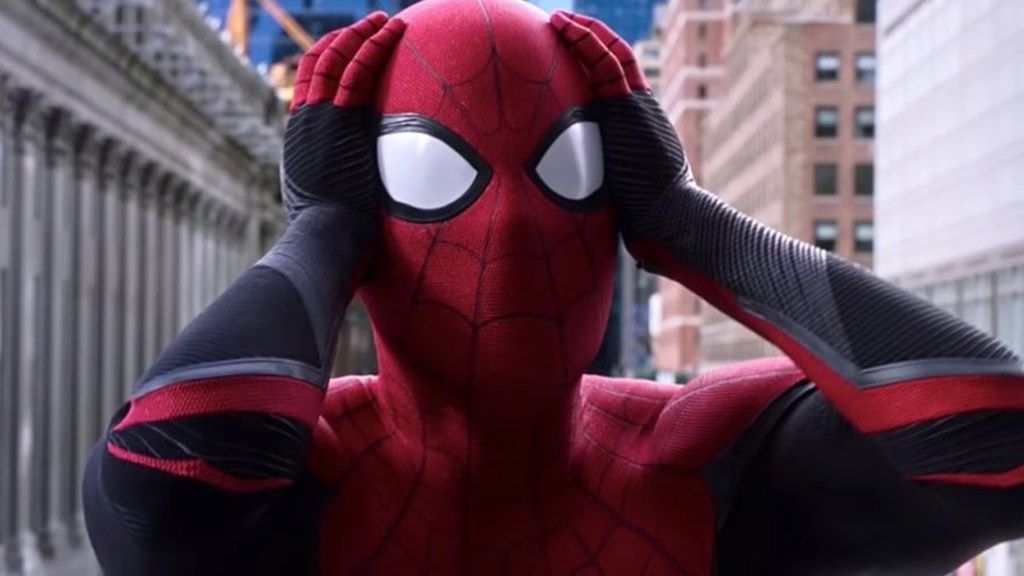
The rate at which things happen in Spider-Man movies, like the physics of it all, is something that shouldn’t be considered with too much scrutiny. When pondering the timeline of events in most of the film, it’s a brisk pace to say the least.
Spider-Man: No Way Home, for instance, begins immediately after the events of Spider-Man: Far From Home. Though perhaps the right call after the cliffhanger ending of Peter’s identity being revealed, it doesn’t hold up when considering the timeline of that film being mostly set over the summer, and No Way Home starting a new school year immediately (complete with college applications). Not to mention how quickly the problems with Peter’s identity being written off thanks to Matt Murdock and then meeting Doctor Strange, it happens on screen in a matter of minutes, and in the story feels just as fast. There’s no room to breath on screen even for Spider-Man.
2) Setting Up Stories That Never Pay Off

Though some of the films are more guilty of this than others, it’s a problem they’ve all faced. Raimi’s Spider-Man films would routinely drop in characters that could pay off later, like John Jameson, Gwen Stacy, and, most notably, Curt Connors, but certainly didn’t. The MCU’s Spider-Man movies have left us hanging on the existence of Miles Morales, dangling that tease in front of us after barely utilizing Donald Glover as Aaron Davis, not to mention some of its villains that were written off (though at least one is coming back).
Of course, the biggest offender here is 2014’s The Amazing Spider-Man 2. The film includes teases for a slew of Spider-Man villains that never made it to the big screen, introducing the mysterious “Gentleman” who appeared keen to form the Sinister Six, plus teases of MJ and Black Cat. At least, that was the plan; it was even more set up that never actually paid off.
1) Being Too Worried About the Other Movies
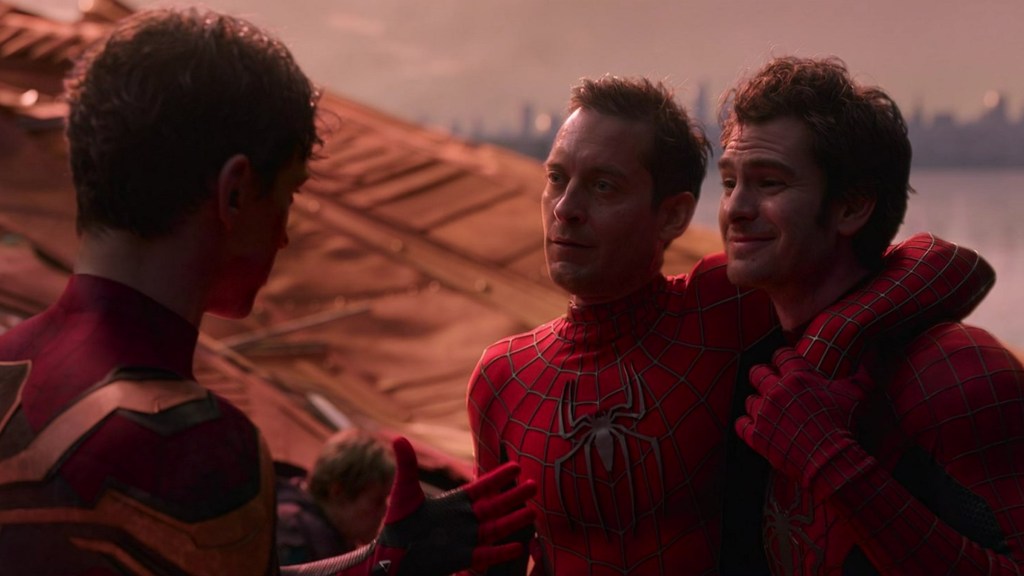
The trouble with rebooting Spider-Man as many times as Sony Pictures has is that it leads to the studio making meta decisions, choosing story ideas and plots based on either what is working now in Hollywood or trying to distinguish them from what came before. The Amazing Spider-Man movies were a distinct pivot by Sony to make the series feel more modern from Raimi’s movies, to cash in on the Twilight hype, and to build a cinematic universe. On the flipside, the Marvel Studios Spider-Man movies were all about getting back to the basics, distancing themselves from the big scope of the “Amazing” films while also making sure the hero worked seamlessly with the MCU.
Even the Raimi movies were about setting themselves apart, just not from the other Spider-Man movies. Instead, Raimi’s movies were designed to stand apart from other Marvel movies of the era, notably the Bryan Singer-helmed X-Men films, by harkening to the 1960s comic books rather than modern takes on the material.

